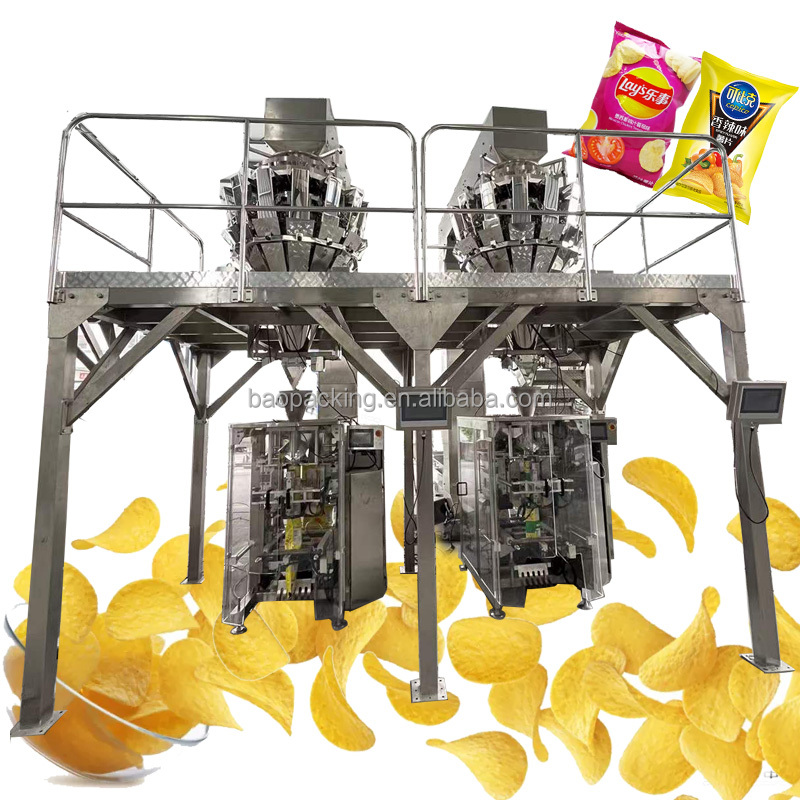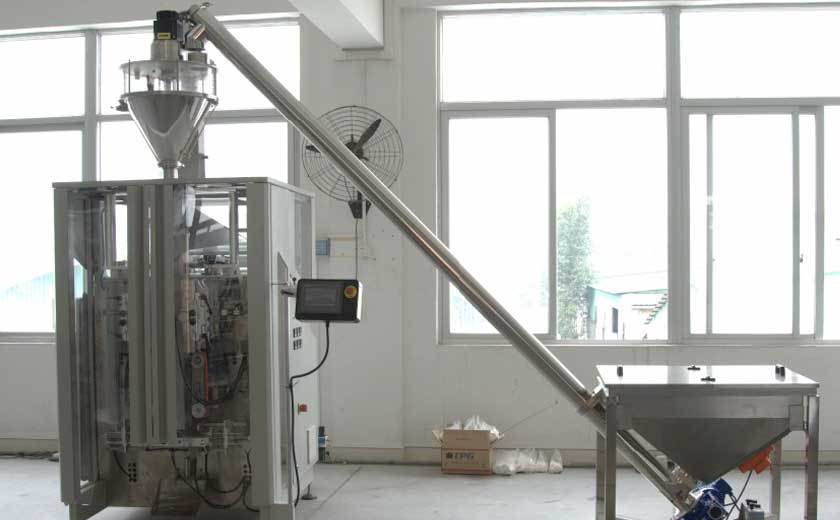Key Features to Consider in a Semi-Automatic Weigh Filler
Semi-automatic weigh fillers are indispensable tools for various industries that require precise and efficient filling of products into containers. These machines offer a cost-effective and reliable solution for businesses seeking to streamline their packaging processes. When selecting a semi-automatic weigh filler, there are several key features to consider that will impact its performance, efficiency, and suitability for your specific application.
Accuracy and Precision
Accuracy is crucial in any filling application. The weigh filler should be able to consistently dispense the desired weight of product within a narrow tolerance. Precision refers to the machine’s ability to maintain consistent accuracy over time. Semi-automatic weigh fillers typically use a combination of load cells and high-precision control systems to achieve optimal accuracy and precision.
Filling Range and Flexibility
The filling range of the weigh filler defines the minimum and maximum weight it can dispense. This range should align with the required fill weights for your products. Versatility is also essential, as businesses often handle products with varying weights. Look for weigh fillers that offer adjustable filling parameters to accommodate a wide range of products.
Speed and Efficiency
Speed is an important consideration for high-volume filling operations. The weigh filler’s filling cycle time should be short to maximize productivity. However, it is equally important to prioritize accuracy and consistency over excessive speed. Weigh fillers that incorporate advanced filling algorithms can optimize speed while maintaining high accuracy.
Product Compatibility
The product compatibility of the weigh filler is another key feature. Consider the material, shape, and texture of the products you will be filling. Some weigh fillers are specifically designed for particular products, while others offer versatility for handling a wide range of materials. Choosing a weigh filler that is compatible with your products will ensure trouble-free operation.
User Interface and Controls
The user interface should be intuitive and easy to operate, allowing for quick setup and changeovers. Clear displays, simple controls, and user-friendly software are essential for efficient operation. Look for weigh fillers that provide user-friendly interfaces that streamline the filling process and minimize training time.
Durability and Reliability
Semi-automatic weigh fillers are often used in demanding production environments. They should be constructed from durable materials and components to withstand heavy use. Reliability is crucial for uninterrupted filling operations, preventing downtime and costly repairs. Choose weigh fillers that are known for their robust construction and proven performance.
Sanitation and Cleanability
For businesses operating in regulated industries, sanitation and cleanability are paramount. Weigh fillers should be designed with sanitary components that can be easily cleaned and disinfected. Look for weigh fillers that are FDA-compliant or meet the specific sanitary requirements of your industry.
Integration and Connectivity
Consider the integration capabilities of the weigh filler. Can it be easily integrated into your existing production line or connected to other packaging machinery? Compatibility with automation systems and data collection software is beneficial for centralized control and process optimization.
Additional Features
Depending on specific application requirements, some additional features can enhance the functionality and convenience of the weigh filler. These may include safety features, remote monitoring capabilities, or specialized filling heads for unique products. Evaluate your specific needs and consider weigh fillers that offer the desired features for optimal performance.
-

Overview of Packaging Machine Buying Guides
08-01-2024 -

How Does a Vertical Form Fill Seal Machine Work?
30-10-2023 -

Advancements in Auger Powder Filling Technology
27-10-2023 -

A Deep Dive into Automatic Packaging Machines
26-10-2023 -

The Revolutionary Fully Automatic Potato Chips Packaging Machine
20-09-2023 -

How to choose the right packaging machine?
23-08-2023 -

Reducing Waste And Maximizing Yield With Multihead Weigher Machines
15-03-2023 -

Nuts Packaging Machine for Dry Products Perservation
26-11-2022 -

Is Automated Biscuit Packaging Machine Better Than Manual Opeartion?
25-11-2022





